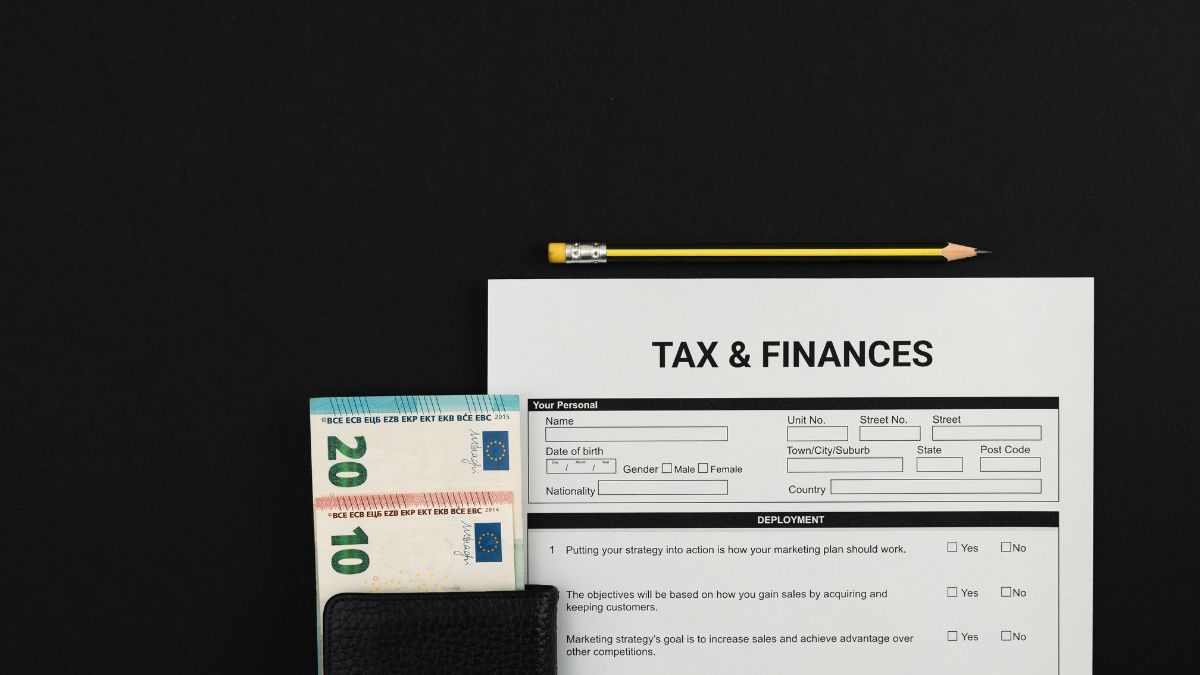The IRS Schedule K-1 is a tax form used by certain entities to report income, deductions, and credits to their partners, shareholders, or beneficiaries. It is an essential document for those involved in pass-through entities like partnerships, S corporations, estates, and trusts. Instead of the entity paying taxes, the income “passes through” to the individual recipients who then report it on their personal tax returns.
Who needs a schedule k-1?
You might need a Schedule K-1 if you are involved with any of the following:
- Partnerships: Partners receive a K-1 to report their share of income, deductions, and credits.
- S Corporations: Shareholders get a K-1 to account for their portion of the company’s earnings or losses.
- Estates and Trusts: Beneficiaries may receive a K-1 if income is distributed to them.
- LLCs: If an LLC is taxed as a partnership or S corporation, its members may receive a K-1.
For example, if you are a partner in a business or an heir receiving income from a trust, expect to receive this form.
How to fill out the schedule k-1 form
Filling out a Schedule K-1 might feel intimidating, but breaking it down step by step makes it easier. Here is how you can approach it:
- Part I: Entity Information
- Enter the entity’s name, address, and employer identification number (EIN).
- Specify if the entity is a partnership, S corporation, estate, or trust.
- Part II: Partner/Shareholder/Beneficiary Information
- Provide your name, address, and Social Security number (SSN).
- State your role in the entity (e.g., partner, shareholder, beneficiary).
- Detail your ownership percentage and any contributions you made during the tax year.
- Part III: Income, Deductions, and Credits
- Report your share of the entity’s income, including ordinary business income, interest, dividends, and capital gains.
- List deductions and credits allocated to you, such as depreciation or charitable contributions.
- Include other relevant information, like foreign transactions or alternative minimum tax (AMT) adjustments.
Use the instructions provided with the form to ensure accuracy. If you feel uncertain, consider consulting a tax professional.
Where to apply for a schedule k-1 form
You do not need to apply for a Schedule K-1. Instead, the entity in which you are involved prepares it and sends you a copy. For example:
- Partnerships file Form 1065 and issue Schedule K-1s to partners.
- S corporations file Form 1120-S and provide K-1s to shareholders.
- Estates and trusts file Form 1041 and distribute K-1s to beneficiaries.
If you do not receive your K-1 by mid-March, contact the entity responsible for issuing it. Ensure they have your correct mailing address or email for electronic delivery.
Common questions about schedule k-1
Here are some frequently asked questions and their answers to help clarify the process:
- Do I need to file the K-1 itself with my tax return? No, you do not file the K-1 form itself. Instead, use the information on the K-1 to complete your personal tax return.
- What should I do if my K-1 has errors? Contact the entity that issued the form and request a corrected version. Do not file your tax return until you have the accurate information.
- Can I e-file my tax return if I have a K-1? Yes, most tax preparation software supports entries for K-1 income. Follow the software’s prompts to include the necessary information.
Tips for handling your schedule k-1
- Keep it Secure: Handle your K-1 just like every other vital tax record. It carries sensitive individual information.
- File early: Make your return as soon as you have K-1 in hand to avoid rushing at the last minute on the deadline.
- Ask for help: Do not feel uneasy about calling over a CPA or tax advisor if the K-1 gets complex for you.

